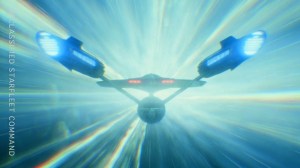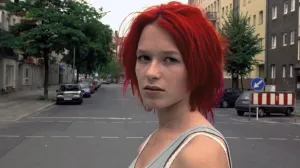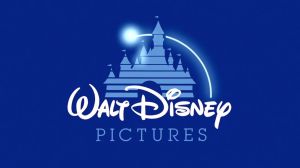Star Trek has undergone significant changes since the debut of The Original Series in 1966. Still, the general bones of the franchise remain the same: the idea that curiosity, empathy, and cooperation are the qualities that will carry us into the future. Across the decades, various series have developed these threads and expanded into other ones, like “what if there were aliens where some of them were two aliens and one is a slug that lives in the other’s belly“? This is also an important question to ask.
Videos by ComicBook.com
While Star Trek currently includes over two dozen TV series and movies, and a lot has improved (mostly special effects), we still think some things haven’t gotten better since Captain Kirk’s original five-year mission. Here are our picks for three things The Original Series still does the best.
3) Villains
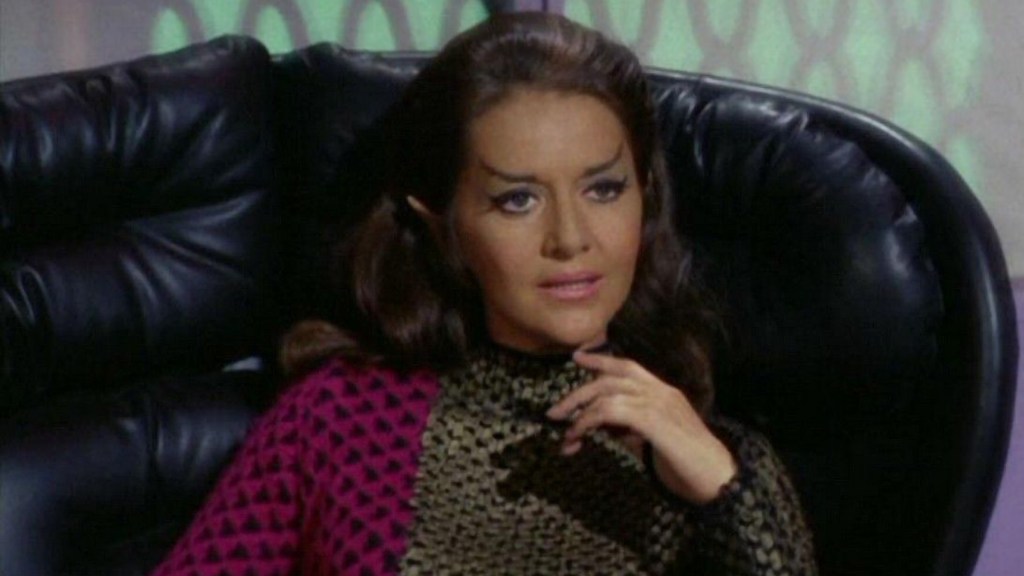
The Star Trek franchise is full of memorable enemy groups – Borg, Klingons, Romulans, the Dominion – but for great, individual villains, we return to TOS again and again.
Star Trek is full of memorable creatures like the space amoeba, the Planet Killer, the Mugato, and even tribbles. But it also has great individual villains, like the unnamed Romulan commander in “Balance of Terror,” whose rueful final exchange with Kirk reveals surprising depth and regret. Or the other unnamed Romulan commander in “The Enterprise Incident,” whose shrewdness and apparent interest in Spock elevate her beyond cartoon villainy. Or Khan, who was so good he got his own movie. Or Trelane, who came back for Strange New Worlds. Or Harry Mudd, who … okay, Harry’s just kind of a creep.
That’s not to say the rest of the franchise is lacking here; Weyoun, Q, the Borg Queen, and Gul Dukat are all incredible foils for our heroes. But TOS‘ ability to create surprisingly deep baddies is remarkable.
2) Dramatic Lighting

If you watch even a few episodes of Star Trek, you’ll probably notice one of the series’ trademark shots: a close-up of an actor mostly in shadow with a band of light crossing their eyes. The show uses it to express dark intent, deep thought, or just extreme drama.
Star Trek‘s use of color and shadow in its lighting, especially in the earlier episodes, is striking and effective, and no other series has quite recaptured it. That’s not to say later shows are ugly or poorly lit; they’re just way less expressive. When we see a shot of someone’s face lit like this, we immediately think of Star Trek.
Regardless of its reputation for being cheesy and cheap-looking at times, this cool lighting is a quick and aesthetic addition to the series’ production value.
1) Horror
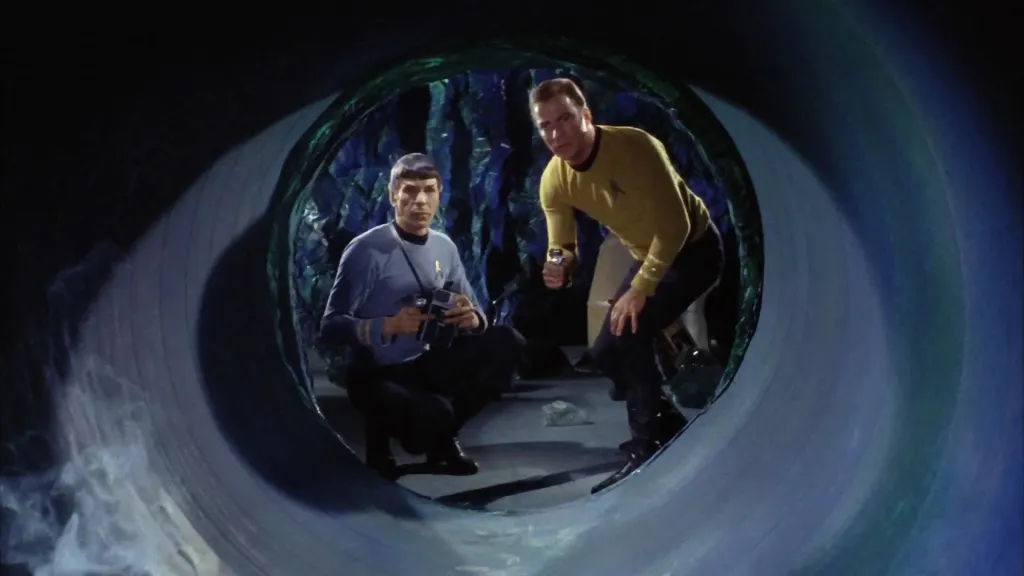
As a sci-fi show, no Star Trek series has crossed over into horror much. OF course, the Gorn story arc in Strange New Worlds is basically Aliens, First Contact is a zombie movie, and we’re not about to forget about Spider Barclay or Predator Worf from the Next Generation episode “Genesis.” But for our money, nobody’s done it as well (or as often) as the original.
Episodes like “The Devil in the Dark,” “Catspaw,” and “The Man Trap” drop the series fully into horror territory. And if that scene from “Charlie X” where super-powered teen Charlie Evans erases a group of crew members’ faces for laughing isn’t still etched into your brain, you’re tougher than we are.
While the episodes don’t always stick to horror, many of them use the tropes and atmosphere of the genre to great effect. And of course, there’s the knowledge in most episodes that the guy in the red shirt is probably going to die. That’s just slasher-movie business.
Want to stay up to date on the biggest geek entertainment news? Add us as a preferred source in Google – HERE.

